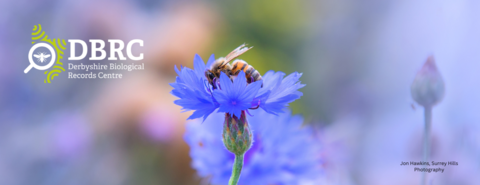
Derbyshire Wildlife Trust is proud to be the host of the Derbyshire Biological Records Centre
The Derbyshire Wildlife Trust hosts the Derbyshire Biological Records Centre, which collates and combines data on all species within Derbyshire, including protected species, species of conservation importance, designated and non-designated sites and priority habitat types. Working closely with County Recorders, local natural history groups, charities and individuals to collect new records on an annual basis.
DBRC datasets are continually updated throughout the year, currently the Records Centre holds over 3.16 million records and receives around 25,000 records per annum!
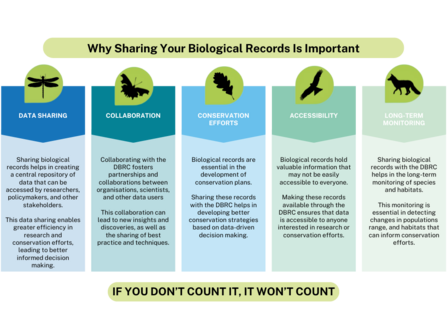
So, how can you submit your records?
You can submit your sightings through the Online Recording System (ORS). Follow the link below to get started. The ORS is ideal for anyone who records wildlife, you can either sign up and get loads of great features, including storage of your own records within the ORS where you can access them at any time.
If you do not wish to create an account you can use the guest account, which doesn't require you to sign up.
Or you can always email us at speciesrecords@derbyshirewt.co.uk
If you do email us to share your sighting, we'd really like it you could supply following important pieces of information please.
1. Your name
2. What you saw, with a description if you're unsure or saw something unusual
3. Where you were, a grid reference/What3Words. Location address, the name of the nearest village/town, a postcode
4. The date you saw it.
These four pieces of information are vital if we are to log your sighting. The more information you can give us about what you saw the better.
Recent wildlife sightings

Otter - Howard Arthur
The DBRC was sent (via DWT Press Officer) this lovely photo taken by Howard Arthur, of an otter swimming and hunting in the River Derwent. This species was pushed to the brink by hunting, habitat destruction and pesticides, the otter almost disappeared from rivers and waterways in England, surviving in small numbers in Wales, Scotland and Northern Ireland. Thankfully, after huge efforts to improve water quality and the banning of chemicals such as DDT, there are now increasingly good chances of spotting this enigmatic predator, even in Derbyshire!
Gap in the Map
To help target your recording please see our Gap in the Map
Gap in the Map shows a map of Derbyshire, with a scale of shaded blue 1km OS grid squares, the darker the colour the more species records we hold for that grid square, the lighter the colour the fewer species records. The white grid squares means very few/no species records. Note: we could have records in squares that are white but they maybe at a resolution of less than 4 figures i.e. 10km resolution.
The aim of the map is to encourage you to target your species recording in squares where we have fewer records, although you can record in any square. The more we record the better. If you don’t count it, it won’t count.
Please remember to record safely and legally, and check if you have right of access/landowner permissions.
The My LERC website is the place to go for requesting biological data
In order for us to continue to supply you with the best quality data and service that we can, we're in a partnership with North Wales Environmental Information Service (Cofnod). We use a cloud-based platform to enhance your experience of how you access, view, and use our data. The platform is called My LERC.
We are part of My LERC Online which will allow you to request your data from a specific website which is also supporting 6 other LERCs, so we're part of a merry band.
You can now find us here:
Just follow the simple onscreen instructions on the website and you’ll receive your data faster than ever before and be able interact with it through the online platform.
We’re still here though, behind the screen so if you’ve any queries or need help, please drop us a line at dataenquiries@derbyshirewt.co.uk
Thank you for your continued support, Derbyshire’s wildlife appreciates it.
To download the Local Wildlife Sites Handbook click the link below:
Take a look at whats happening in nature:
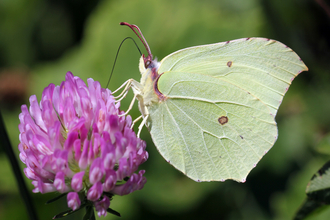
Wild Update - March 2025
What's Happening in Nature - March 2025
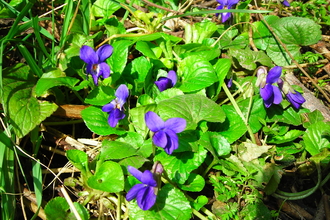
Wild Update - February 2025
What's Happening in Nature - February 2025

Wild Update - January 2025
What's Happening in Nature - January 2025
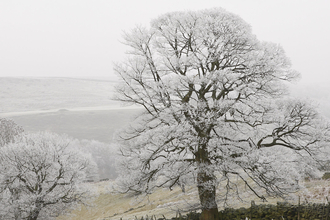
Wild Update - December 2024
What's Happening in Nature - December 2024

Wild Update - November 2024
What's Happening in Nature - November 2024

Wild Update - October 2024
What's Happening in Nature - October 2024
Like what we do? Get more involved...
The Wildlife Trusts believe that people are part of nature; everything we value ultimately comes from it and everything we do impacts upon it.

